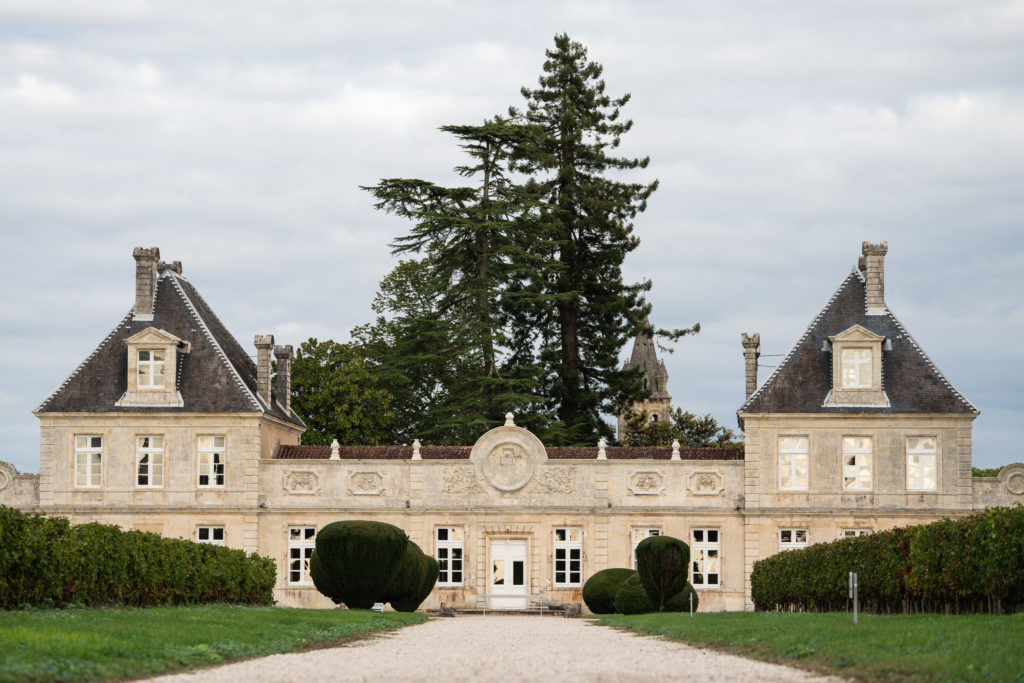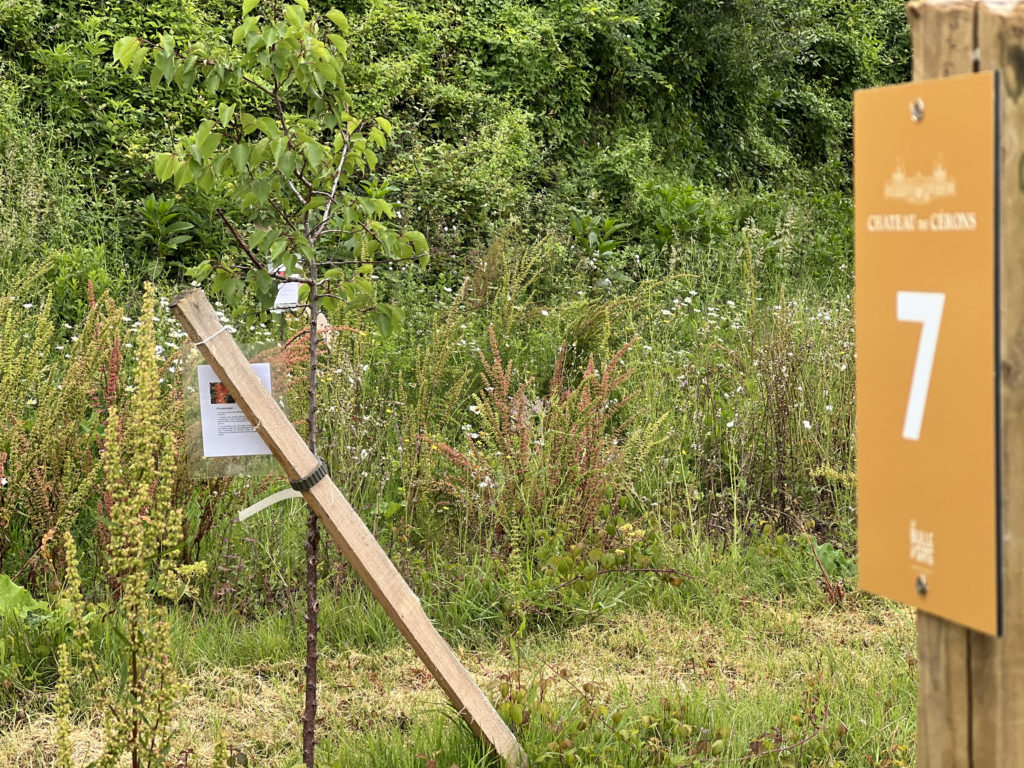Niche
Cérons is the smallest appellation in Bordeaux, although the majority of wines produced here are red and dry white Graves, uniquely the sweet white wines can use the Cérons name. Just seven producers make about 10,000 bottles of Cérons on only 33ha. Production is so climate sensitive, the harvest varies dramatically from vintage to vintage, with Château de Cérons systematically producing the largest volume of appellation. Even then, just 5ha of this 28ha property is dedicated to sweet wine.
What’s in a name?
The name comes from the small Ciron River that flows into the Garonne between Barsac and Sauternes. Both the name of Cérons and the river have the same Roman origin of Sirio or Sirione, mentioned in early 11th century texts.
Mystical
Opposite the gates of the chateau, the beautiful 12th century church on the banks of the Garonne, stands witness to Cérons as a stop-over for pilgrims on their way to Saint-Jacques de Compostelle. The source, or rather the sources, of the Ciron were also pilgrimage sites. In medieval times, these six springs in the heart of the Landes forest were known for their curative properties. This origin, in the forest almost 100 km from the Garonne, means the water is sheltered from the sun and remains cool even in summer. The thermal shock as it runs into the Garonne, gives rise to autumnal morning mists that in turn encourage the development of Botrytis Cinerea or noble rot on the ripe grapes. The origin of the fabulous Golden wines of the region, including Cérons.
Water into wine
The Ciron originally ran into the Garonne estuary in three different places, including the heart of Cérons. The local monks diverted the waters into a single stream in Barsac, increasing the water flow to power their water mill on the banks of the Garonne. You can still see the ruined mill. Moving the river changed the micro-climate ever so slightly. More distance from the water meant slightly less noble rot and slightly less residual sugar in Cérons than the neighbours. This, combined with the limestone terroir, gives wines of beautiful freshness and vivacity, corresponding perfectly to the current trend for brighter, lighter, sweet Bordeaux.
17th century success
The architecture of Château de Cérons bears witness to the success of the appellation in more recent history. The beautiful ‘Chartreuse’ was built in the 17th century by the Marquis de Calvimont, whose name adorns a range of Graves wines from the property. It was just a day’s horseback ride from Bordeaux for this successful wine merchant.

Building on history
The property remains suspended in time. As you enter the chateau you are walking on the same flagstones that the Marquis would have walked on. In the 1950s, Roger Henri Expert, the architect of the Trocadéro fountains in Paris, restored the beautiful original plasterwork, here at his sister’s property.
Alongside this elegance, the wine cellar is one of the oldest in Bordeaux, the earth floors keeping the humidity needed for the 24-36 months barrel ageing of the Cérons wines.
Innovation
Caroline and Xavier Perromat took over the family estate in 2012. Their respect for the family heritage is palpable; they are slowly bringing this listed historic monument back to its former 17th century glory.
Despite their respect of tradition, they are no strangers to innovation, in wine tourism as well as in wine. They make dry white, red, rosé and even an orange wine alongside the golden Cérons. The perfect illustration that diversification and innovation can work hand in hand with heritage and history.
The vines are certified organic, cover crops preserve soil microflora and fauna creating organic matter for the vines. The new labels for their Château de Calvimont range illustrate their commitment to the environment. They are a tribute to the diversity of flora of the Gironde, immortelles and arbousiers (strawberry trees) from the Arcachon basin and the leaves and helicopter seed heads of the big Maple tree that shades picnickers in the park of the château.
Terroir Tour
Their labels aren’t the only way they share their historically natural environment. They bring the terroir and biodiversity to the heart of the wine conversation with a self-guided 2 km walk, thanks to an app which helps you discover insider secrets you would otherwise miss. The 12th century church, the old ‘lavoir’, the carrelets on the banks of the Garonne where they catch the alose fish and their new plantations of different cereals used as green fertilizer for the vines. You’ll see bee hives, their newly planted orchard, the ancient quarry with its wild bee colonies and venture down to the banks of the Garonne through reopened tunnels and bridges. An unmissable adventure.

Pioneers of wine tourism
They have been open to visitors from the beginning, welcoming them for tastings but also to picnic in the park under the ancient trees, to lunch in the old ‘rotisserie’, or relax on loungers made of ancient vat staves.
Their most stunning innovation is the new ‘son et Lumiere’ projected across the walls of the 300 year old cellars, blackened by the evaporation of centuries of wine ageing. The immersive film experience « Gabriel et la Goutte d’Eau » was created by Romain Dussaulx who has worked with the theme of the importance of water in the history of the property and the origin of the wine. It takes you on the poetic voyage from a drop of rain falling in the Pyrenees to a glass of Cérons wine. An experience that awakens your thirst to try the delicious nectar that they will be thrilled to share.
Text by Wendy Narby - Insider Tasting
Photos: ©Château de Cérons
Video's credits: ©fakhry_nader et ©schz.Farah
Learn more about Bordeaux-France Great Wine Capitals